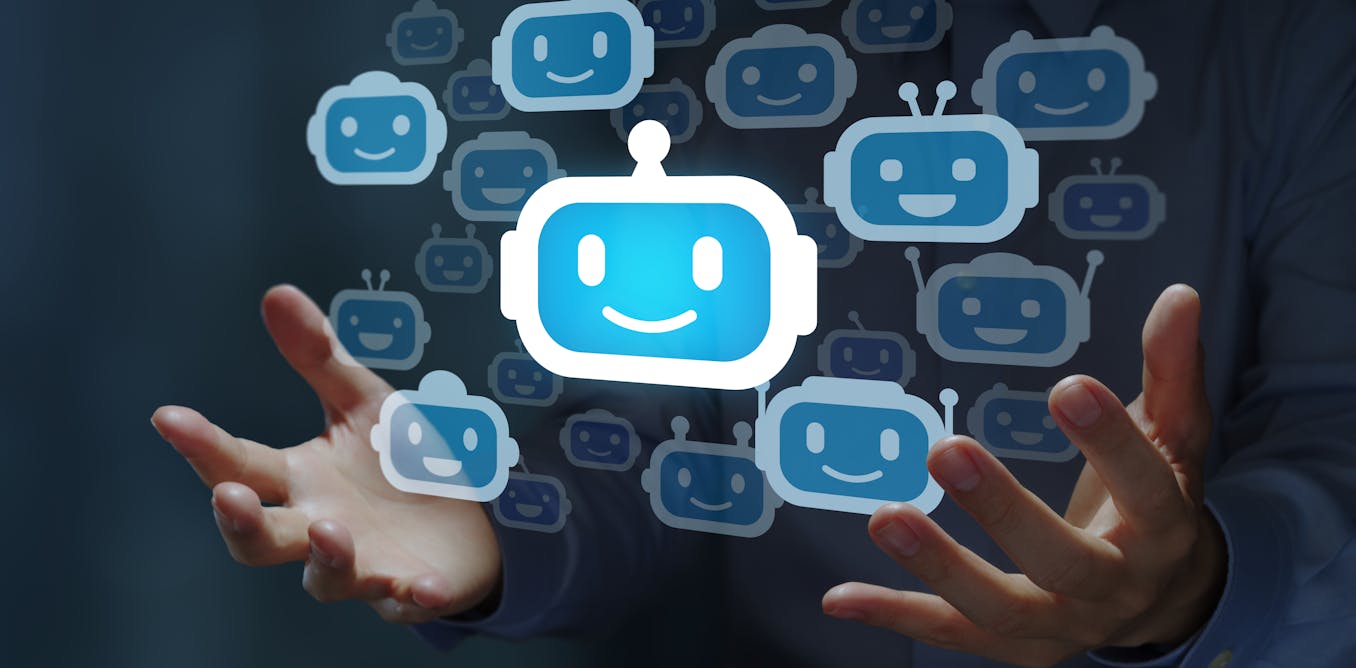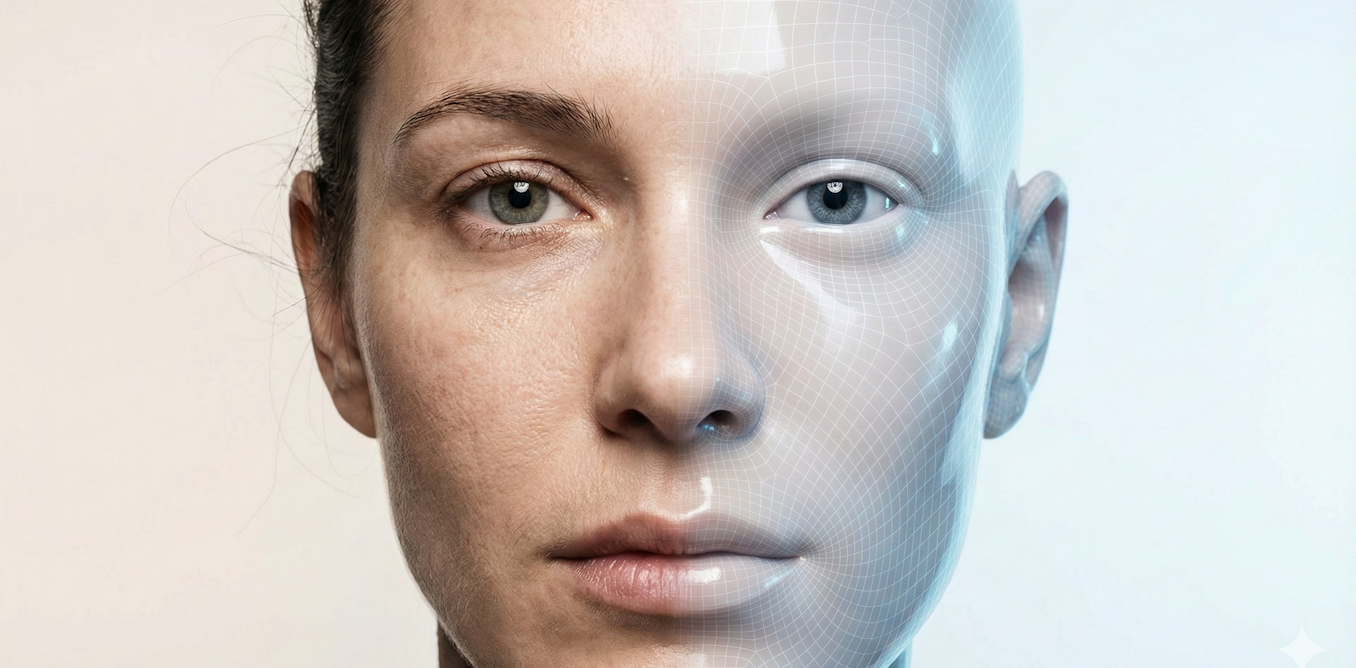ChatGPT, an AI-powered chatbot, has gained attention for its ability to provide human-like responses to user queries. What sets ChatGPT apart from other chatbots is its capacity to understand context and generate relevant responses. It utilizes natural language processing and machine learning algorithms to interact with users, making it a powerful tool for a variety of tasks.
The introduction to this video was actually written by ChatGPT, showcasing its ability to generate coherent and natural language responses. Unlike search engines like Google, ChatGPT doesn’t rely on returning search results but rather provides responses based on the context and intent behind a user’s question.
The GPT in ChatGPT stands for Generative Pre-trained Transformer, and it uses neural networking, supervised learning, and reinforcement learning to mimic human conversation. Trained on a vast dataset of books, webpages, and other sources, ChatGPT is capable of predicting words, phrases, and sentences that are likely to be associated with a given input.
While not magical, ChatGPT’s prowess lies in its ability to predict the most likely words and sentences to answer a query, generating human-like responses based on the information it has been trained on. This makes it a valuable tool for a wide range of applications, and understanding how it achieves this remarkable feat sheds light on the power of modern machine learning.
Watch the video by Arvin Ash
Video Transcript
Hello and welcome to my channel. Today, I would like to introduce you to ChatGPT. ChatGPT is an AI-powered chatbot that uses natural language processing and machine learning algorithms to interact with users. What sets ChatGPT apart from other chatbots is its ability to understand context and provide relevant responses.
So why not gie it a try and see how it can help you today? This intro as you’ve probably guessed was written by ChatGPT, the topic of today’s video. It’s like a chatbot on steroids, an internet tool that allows you to have human-like conversations. Unlike Google which returns search results,
A list of web pages and articles that usually provide information related to the search queries, ChatGPT provides a response based on the context and intent behind a user’s question. You can’t, for example, ask Google to write story or write a code, but you can ask that of ChatGPT,
And it will give you a reasonable response. The GPT stands for Generative Pre-trained Transformer, which means it generates responses, it is pretrained by humans, and finally the transformer is the key neural network architecture that transforms an input into a meaningful output. This model was created by an artificial
Intelligence research company called OpenAI. How did this company create this seemingly magical tool? And how does ChatGPT actually work? What’s going on behind the curtain? That’s coming up now! Before we get into the details of how ChatGPT works, I want to acknowledge that part of the
Inspiration for this video was a 12 episode documentary I watched on MagellanTV, today’s sponsor, called, “Tech Talk, transforming our planet.” It takes you inside upcoming startup companies that are working on things like artificial intelligence, flying cars, robots, holographic surgery and other innovative ideas, and the fascinating
Stories of some of their founders. This series is just a small sample of the thousands of documentaries on MagellanTV, the highest rated documentary streaming app on Google Play. And more than 20 hours of new content are added weekly. Magellan has a
Special offer for Arvin Ash viewers. Right now your first month is absolutely free. Just click the link in description, and start enjoying the highest quality documentaries available, including free 4K videos and never any ads. And you’ll be supporting this channel
When you sign up, so I can’t thank you enough for that! Now, back to the show. Unless you’ve been living under a rock the last year, you have probably heard about ChatGPT. It’s a seemingly super clever AI chat bot that seems to know everything. It can do everything from
Your homework, to writing a cover letter for a new job, to giving you advice, to programming code. While Google’s power is the ability to do enormous database lookups and provide a series of matches that might answer your queries. ChatGPT’s power is the ability to interpret
The context and meaning of a particular query and produce a relevant answer in grammatically correct and natural language, based on the information that it has been trained on. So, how does it work? Let me just dispel a few myths first. It’s not magic. It’s
Just math and a bunch of clever concepts. And no it doesn’t get smarter by itself. It cannot self-study like a human that can go to the library and start learning new things. ChatGPT learns from whatever it is told to study. It is also not just asking internet for an answer
To your question. It does have a storehouse of knowledge and uses it to answer your questions. ChatGPT was trained on data from books, webpages, Wikipedia, news articles, scientific journals, and other unspecified sources. The material was collected up to about September of 2021,
So any information newer than this, ChatGPT would be clueless about at least as of today which is around April, 2023. You would have to teach it this new material if you want an answer to something that become new knowledge after that time.
The short answer to how it works is that it uses neural networking, with supervised learning and reinforcement learning, two key components of modern machine learning. What does this mean? To start off, let me describe at a very high
Level and in a highly simplified way what ChatGPT is doing. Then I will explain this in more detail. Let’s say we give it an input such as, “In two sentences, explain quantum mechanics in very simple terms” The actual output from ChatGPT was the following:
Quantum mechanics is a branch of physics that deals with the behavior of tiny particles like atoms and electrons. It tells us that these particles can act like both waves and particles, and can be in many different states at the same time.
As you can see, this is not a bad answer. How did it come up with this? What it does fundamentally is predict what words, phrases and sentences are likely to be associated with the input I just made. It then chooses the words and sentences that it deems most likely to
Be associated with the input. So it attempts to understand your prompt and then output words and sentences that it predicts will best answer your question, based on the data it was trained on. It also randomizes some outputs so that the answers you get for the same input, will often be different.
So, for example, when I asked it to regenerate the response to the same question as before, it gave me this answer: Quantum mechanics is a branch of physics that studies the behavior of matter and energy at a very small scale, such as atoms and subatomic particles. It is
Characterized by phenomena such as superposition, entanglement, and wave-particle duality, which are not easily explained by classical physics. As you can see, this is a pretty good answer as well. Let’s simplify this further, to see what’s going on behind the curtain.
The first thing you should understand is that how ChatGPT fundamentally works, is that it tries to determine what words would most likely be expected after having learned how your input compares to words written on billions of webpages, books, and other data that it has been trained on.
A humongous dataset was used to form a deep learning neural network. To put it simply, this is a multi-layered, weighted algorithm similar to the way we believe the human brain works. It allows ChatGPT to learn patterns and relationships in the text data. One way that it utilizes this learning is
Create human-like responses by predicting what text should come next in any given sentence. Now, I don’t want to give you the impression that it’s like the predictive text on your phone that’s just guessing what the word will be based on the letters it sees.
ChatGPT attempts to create fully coherent sentences as a response to any input. And it doesn’t just stop at the sentence level. It’s generating sentences and even paragraphs that could follow your input. Now let’s look further into the details of how it does this: Let’s do a very simple example.
Let’s say that we ask it complete this sentence, “Quantum mechanics is…” — The processing that happens behind the scenes goes something like this. It calculates from all the instances of this text, what word comes next, and at what fraction of the time. Now, let me qualify that it doesn’t look literally at text,
But it looks for matches in context and meaning. The end result is that it produces a ranked list of words that might follow, together with their “probabilities.” So it’s calculations might produce something like this for the next word that would follow after the word “is”:
The model would then choose the next word to complete the sentence. It’s basically asking itself, “given the text so far, what should the next word be?”—and each time it asks this, it adds a word. So it keeps adding words until it completes the output. There is a stop mechanism built
Into the model based on a rough standard of what the length and format should be. Now you might think it will always choose the word with the highest probability. But it doesn’t always do that. There is randomness built in so that its answers can be more creative.
So for example it might choose the word “a” as the next word, and based on this choice, the output sequence might look something like this: Quantum mechanics is a Quantum mechanics is a branch Quantum mechanics is a branch of Quantum mechanics is a branch of physics
And it would keep doing this until it presents the following full answer: But as you might imagine, if it chooses the word “fundamentally” instead of “a” than it might output a completely different answer based on the subsequent choices, for example, with the following sequence: Quantum mechanics is fundamentally Quantum mechanics is fundamentally a
Quantum mechanics is fundamentally a probabilistic Quantum mechanics is fundamentally a probabilistic theory. And it would keep doing this until it presents the following answer: Both outputs are correct, but they are different. The message here is that there are many possible next words, so the answers could be quite
Different every time anyone makes the exact same query. But as I said before, the model doesn’t just come up with next words, it also works at the sentence and paragraph level, so it can output for example, the best sentence that might fit the context and meaning of the first sentence.
But the important thing to understand about this is that fundamentally, this is what the model is doing. It is choosing what it determines is the best response to the query step by step. Now as you might imagine, the sentence completion model is obviously not enough.
If we ask it something like “explain how quantum mechanics works,” it has to use a different strategy. If ChatGPT only used a sentence completion model, it’s response might be something like, “Explain how quantum mechanics works…according to the Schrodinger Equation.” This would not be the kind of answer that the user was looking for.
So now the question is, how is the model trained to respond in more appropriate and conversational way. This all comes down to the way it was trained. In the first stage of the training process, Human contractors play the role of both a
User and the ideal chatbot. Each training consists of a conversation where the human user and the human acting as the chatbot carrying on a conversation. These two roles could be the same person. The basic idea is to train the model to have human-like conversations.
The thread history of this with real humans is entered into the model. So this way, the model learns to maximize the probability of picking the correct sequence of words and sentences in any particular conversational exchange. Through this supervised human-taught process, it learns to come up with
An output that is more than just sentence completion. It learns patterns about the context and meaning of various inputs so that it can respond appropriately. This is why a chat with ChatGPT can sometimes seem like there might be a human at the other end.
But this is not the end of the training process. The output from this stage is further finetuned in a second stage, where the developers teach ChatGPT to assign a reward or ranking to each output. For example, a trainer might ask the model something like, “Describe
An atom” – the potential answers could be: a) It’s the smallest part of a substance made of electrons, neutrons, and protons. b) It’s a basic chemical element c) It’s an object made of Subatomic particles d) It’s a ticketing service A human trainer would rank this output from best to worst like this:
And then this data would be fed to the model like this where A is greater than C which is greater than B which is greater than D This teaches ChatGPT to critically evaluate what the best output is likely to be.
Now the problem with solely using human trainers as in this type of supervised learning, is scale. Human trainers would have to anticipate all the inputs and outputs of any potential query that anyone user could potentially request, at anytime. This would be impossible to do. And we know that ChatGPT doesn’t have this
Kind of limitation. For example, you can have it write a short story about almost any subject and it will come up with something reasonable. So how is it doing that? For this it uses a third step which is called reinforcement learning. This is a type of unsupervised learning. This process trains
The model where no specific output is associated with any given input. Instead the model is trained to learn the underlying context and patterns in the input data based on its earlier human-taught pre-training. In other words, the model uses the pre-training
Including the ranking system, to form the basis of its output for the unsupervised training stage. This way the model can process a huge amount of data from various sources, and learn the patterns from texts and sentences of a near limitless number of subjects. And it can do it on its own,
So it can scale the human-taught training to a much bigger dataset. And that dataset used to train ChatGPT which is based on GPT-3.5 is huge, about 45 terabytes of data. This might not seem all that much by today’s standards where
You can buy a terabyte flash drive for $20, but this is a huge amount of text to process. Each terabyte is equivalent to 83 million pages of information. And it is big enough for ChatGPT to learn patterns and relationships between words and phrases on a massive enough scale,
Such that it can come up with relatively meaningful outputs for nearly any query. The astonishing part is, and maybe it’s even scary to some of you, that as good as ChatGPT is already, the next version GPT-4 is trained on even more data,
And is more fine tuned. So it should be even more powerful. Now I did not get into the details of the way that text information is converted to numbers or some of the mathematics and mechanisms of how neural networks
Like ChatGPT work. I will make a future video if you are interested in learning that. So let me know in the comments if you want me to make a follow up video. In the meantime, I hope you found this useful,
And I am not really an AI or alien. I’ll see you in the next video my friend.
Video “So How Does ChatGPT really work? Behind the screen!” was uploaded on 04/08/2023 to Youtube Channel Arvin Ash























